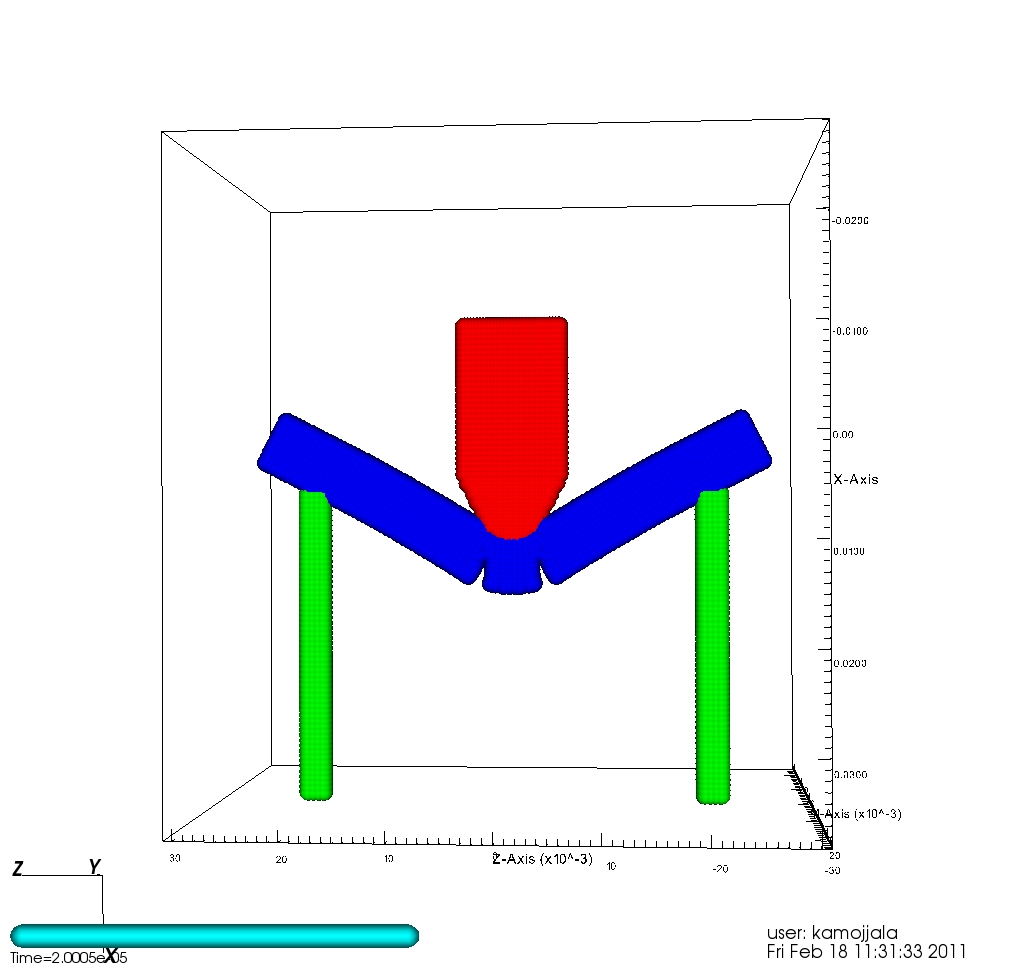K. Kamojjala, R. M. Brannon (2011)
The principle of material frame indifference require spatial stresses to rotate with the material, whereas reference stresses must be insensitive to rotation. Testing of a classical uniaxial strain problem with superimposed rotation reveals that a very common approach to strong incremental objectivity taken in finite element codes to satisfy frame indifference(namely working in an approximate un-rotated frame) fails this simplistic test. A more complicated verification example is constructed based on the method of manufactured solutions (MMS) which involves the same character of loading at all points, providing a means to test any nonlinear-elastic arbitrarily anisotropic constitutive model.
Available Online:
http://www.mech.utah.edu/~brannon/pubs/7-2010KamojjalaBrannon_ASME-ECTC.pdf


